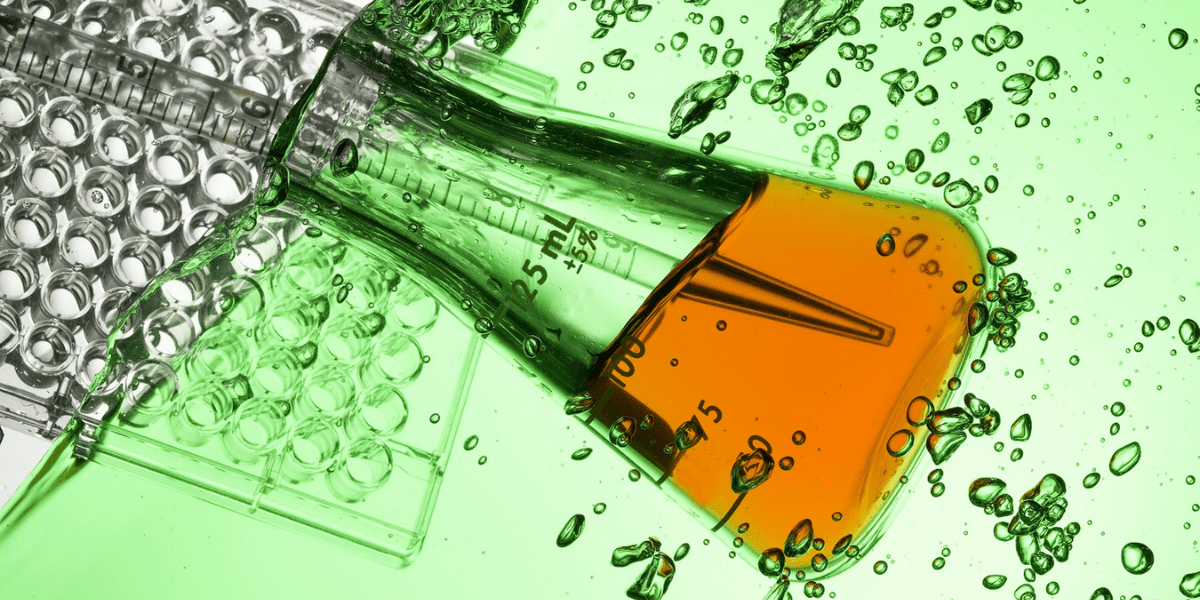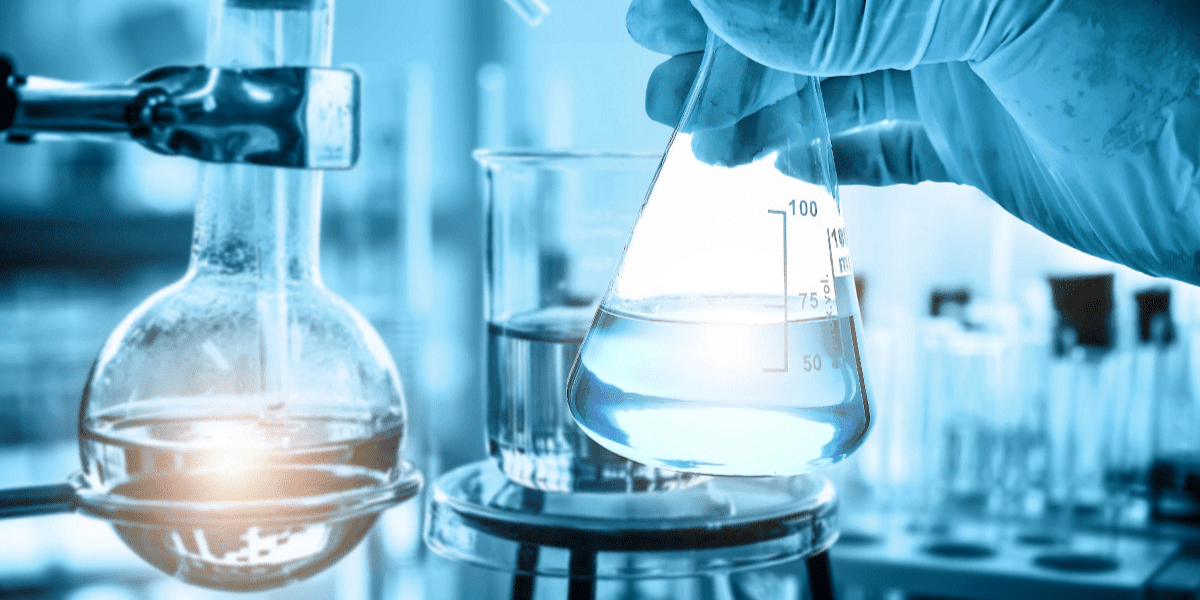Chemically enhancing agricultural yields has been a process used in America since the 1930s and spurred an agricultural boom that has led to an...
Blog


CHEMICAL INDUSTRY NEWS
Chemical Chat – Discover What’s New!
Denatured Ethanol For Extraction
Is it safe to use denatured ethanol for extraction? Denatured ethanol is a form of ethanol that is diluted with other solvents such as acetone or...
Denatured Alcohol VS Ethanol
What is the difference between Denatured Alcohol VS Ethanol for oil extraction? Both denatured alcohol and ethanol are commonly used chemical...
Reliable Acetone Manufacturers
Are you looking for reliable acetone manufacturers who can supply you with high quality chemicals and expert...
Denatured Ethanol For Extraction
Is it safe to use denatured ethanol for extraction? Denatured ethanol is a form of ethanol that is diluted with other...
Company News

Managed Services
Discover the Latest in Safe and Sustainable Chemical Solutions
Stay informed with Ecolink’s blog! Subscribe now
Chemical Management Information
Stay updated with us
Sign Up for the Latest Updates
Stay informed about chemical supply chain disruptions and emerging innovations to keep your business at the forefront of efficiency and innovation. Uncover new ways to make your business practices more sustainable by incorporating safer products into your cleaning lineup.


























